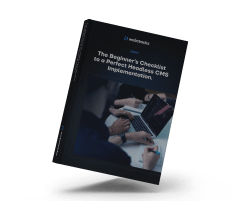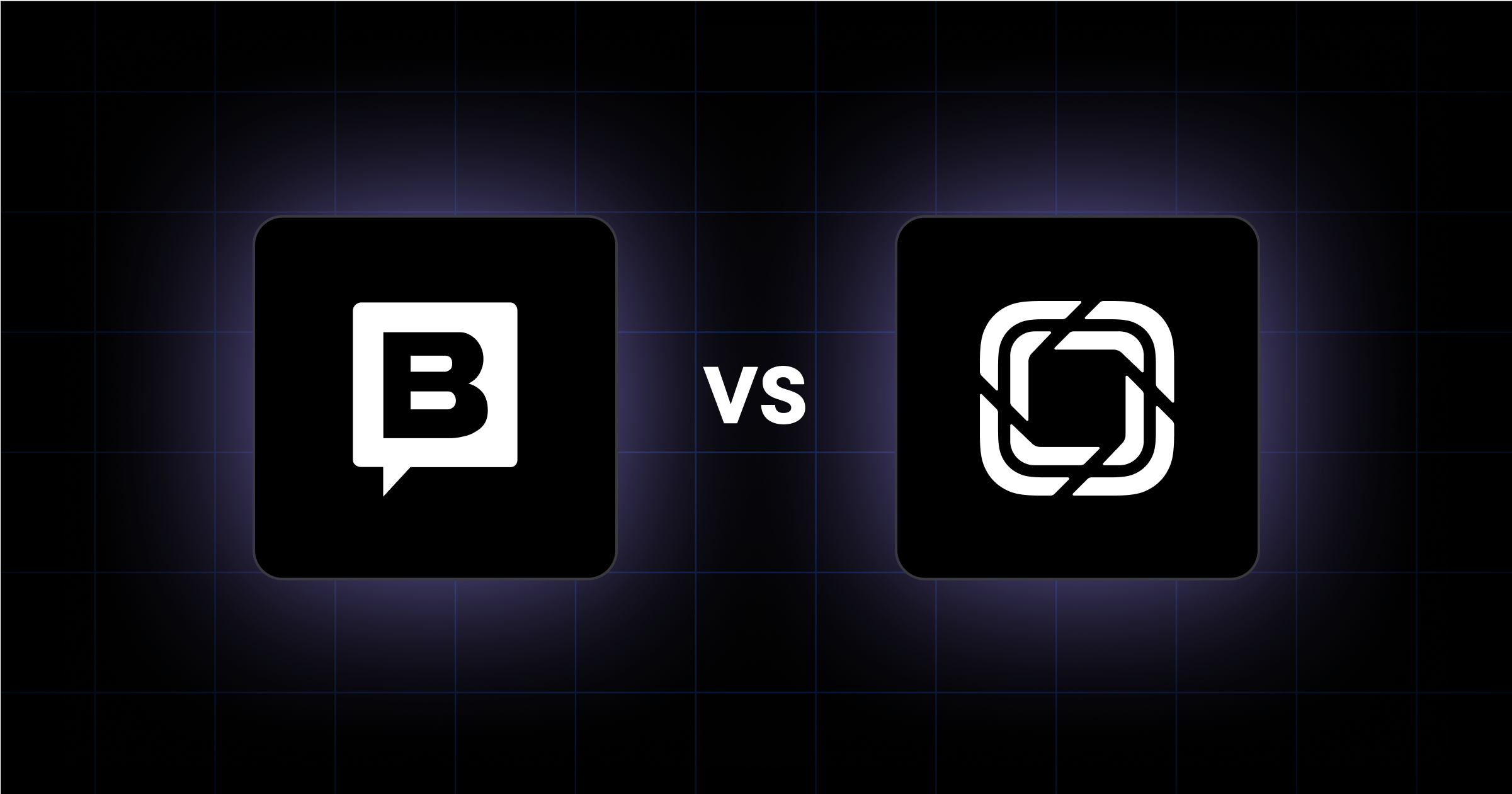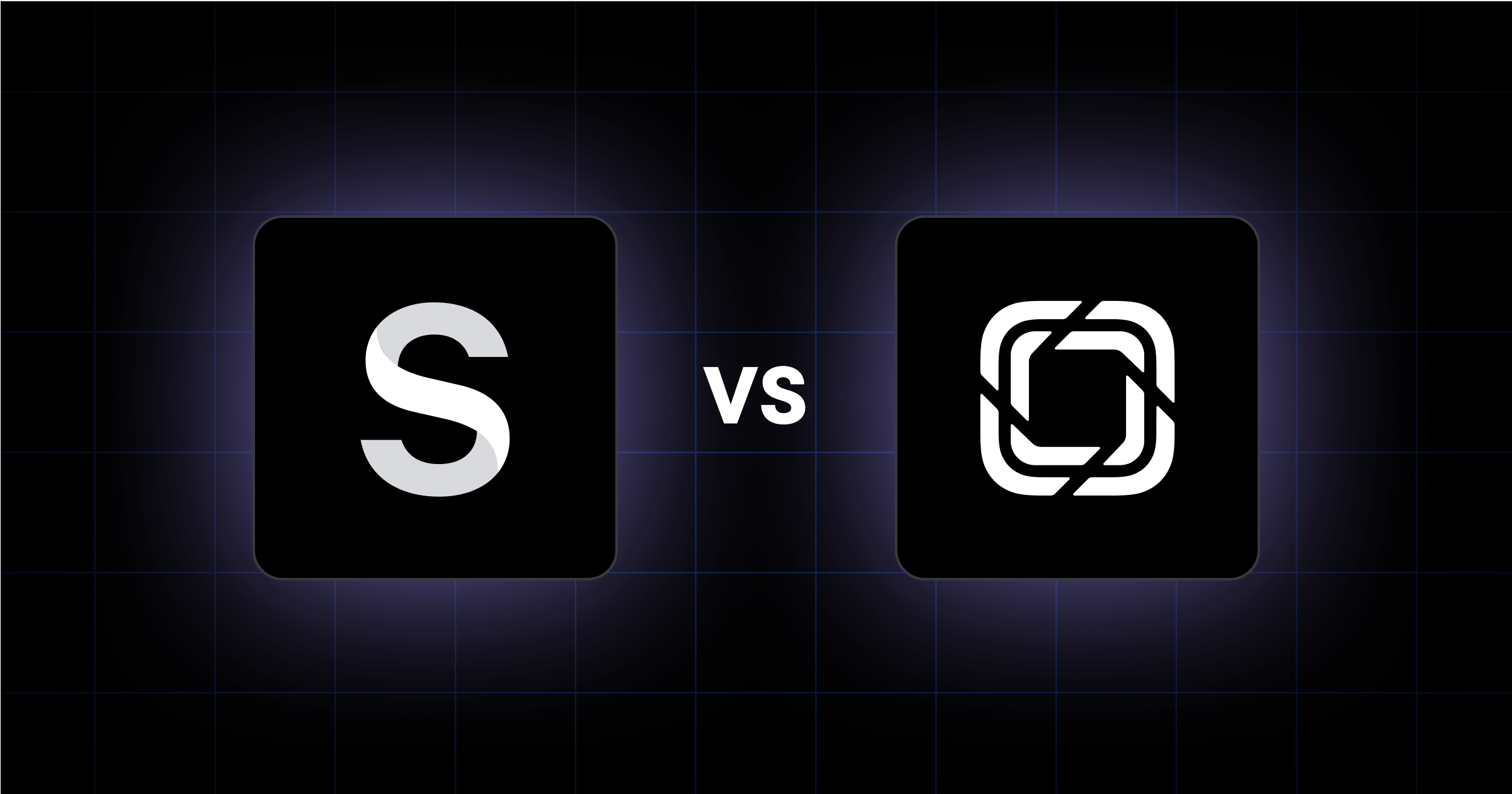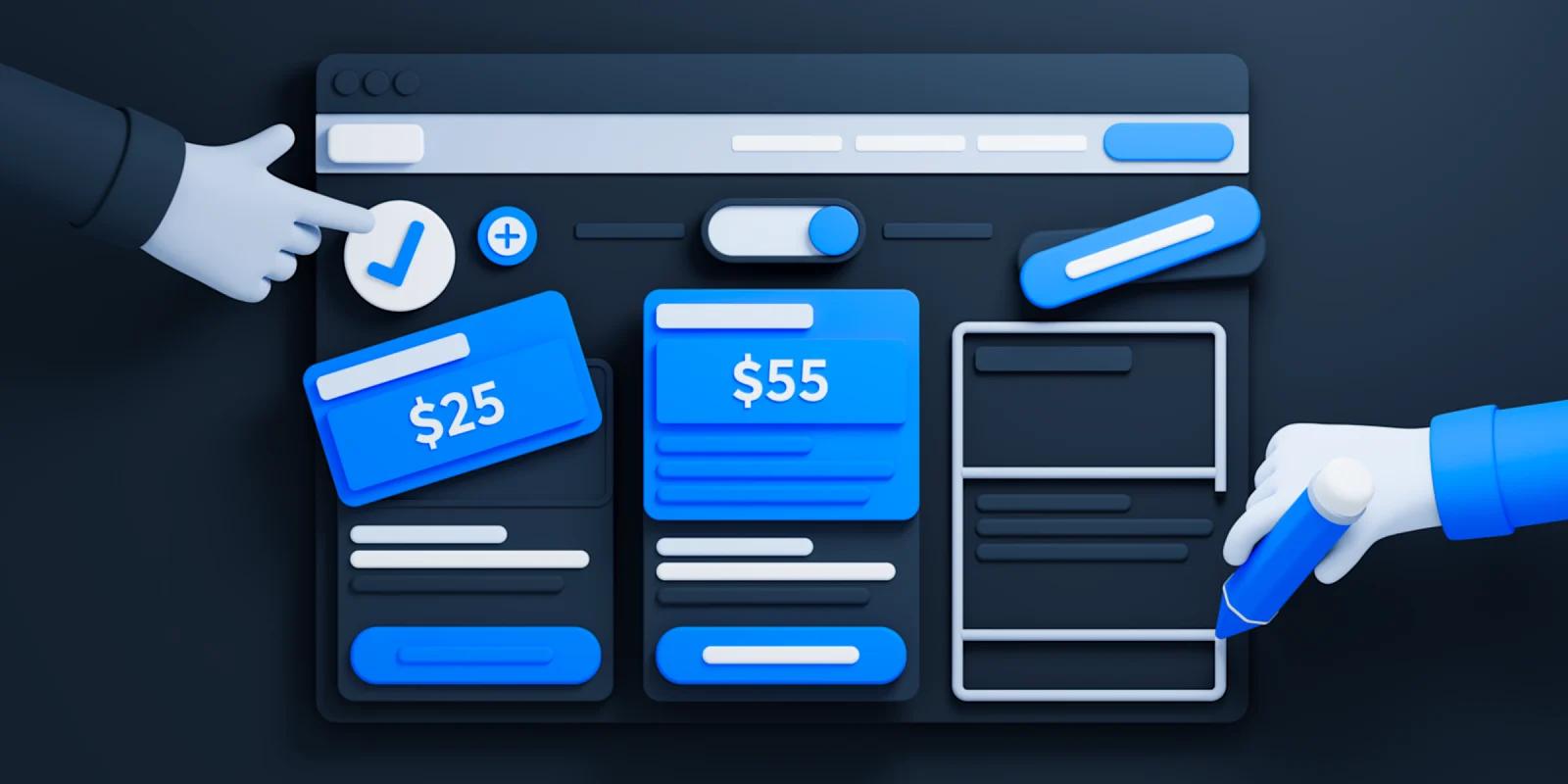Webflow empowers over 3.5 million users globally, which offers an innovative way to build SaaS websites without relying on development teams
Let’s dive into the benefits of using Webflow for SaaS, focusing on visual design, rapid prototyping, and scalability.
In brief:
- Webflow bridges the gap between design and development, so SaaS companies can create professional, responsive websites without requiring extensive coding expertise.
- By reducing dependence on developers, Webflow gives SaaS marketing teams full control to iterate and launch updates quickly.
- Rrobust hosting infrastructure and performance-focused design tools ensures SaaS websites are equipped to handle growth.
- The platform supports integrations for analytics, CRM, and marketing tools.

3 Key Benefits of Using Webflow for SaaS
Let's first take a look at some of the benefits of using webflow for SaaA
Visual Design and Development
Webflow’s intuitive drag-and-drop interface allows you to design an effective SaaS solutions page without needing extensive coding knowledge. You can visually create and adjust elements on your site, making the design process straightforward and accessible.
The no-code design capabilities mean you can build complex layouts and interactions without writing a single line of code. This feature is particularly useful for those who want to focus on design and user experience rather than backend development.
Responsive design comes by default with Webflow. Your SaaS platform will automatically adjust to different screen sizes and devices, ensuring a consistent user experience across desktops, tablets, and mobile phones.
Rapid Prototyping and Iteration
Webflow makes possible the quick creation of interactive prototypes, allowing you to bring your ideas to life rapidly. You can test and refine your concepts in real-time, making it easier to iterate based on user feedback.
The platform supports easy iteration and refinement. You can make changes on the fly and see the results immediately, which speeds up the development process and helps you stay agile.
Seamless collaboration between designers and developers is another significant advantage. Webflow’s shared workspace allows team members to work together efficiently, reducing miscommunication and ensuring that everyone is on the same page.
Scalability and Performance
Webflow offers a reliable hosting infrastructure that can handle the demands of a growing SaaS platform. You don’t have to worry about server maintenance or downtime, as Webflow takes care of these aspects for you.
The built-in CDN (Content Delivery Network) ensures fast content delivery to users around the world. This feature enhances the performance of your SaaS platform, providing a smooth and responsive user experience.
Automatic scaling to handle traffic spikes is another key benefit. As your user base grows, Webflow can scale your infrastructure automatically to accommodate increased traffic, ensuring that your platform remains stable and performs well under load.
How to Build a SaaS Platform with Webflow
Launching a new SaaS platform can be daunting, especially when you’re juggling strategic planning and operational execution. Here’s a step-by-step guide to help you navigate the process.
1. Plan and Design
Start by defining the features and functionality your SaaS platform will offer. Outline the core services, user interactions, and any unique selling points. This step sets the foundation for your project and ensures everyone on your team understands the goals.
Next, create wireframes and visual designs directly in Webflow. Use the platform’s tools to map out the user interface and user experience. This visual planning helps you see how different elements will fit together and ensures a cohesive design.
2. Integrate Backend Functionality
Once your design of CMS for SaaS is in place, connect Webflow with backend services. This involves linking your platform to databases and APIs that store and manage your data. You have to ensure your data flows smoothly between the frontend and backend.
Implement user authentication and authorization to secure your platform. This step involves setting up login systems, user roles, and permissions.
3. Developing and Testing
Build out the frontend using Webflow’s visual development tools. Drag-and-drop elements, customize styles, and create interactions without writing extensive code. This approach speeds up development and allows for quick adjustments.
Integrate dynamic functionality with custom code where necessary. While Webflow covers many needs, some features might require additional scripting. Use JavaScript or other languages to add these custom elements, ensuring they work seamlessly with the rest of your platform.
Conduct thorough testing and bug fixes to ensure your platform runs smoothly. Test all features, interactions, and data flows. Identify and resolve any issues before launch to provide a seamless user experience.
4. Launch and Iterate
Deploy your SaaS platform to Webflow hosting. This step makes your platform live and accessible to users. Webflow’s hosting services handle the technical details, allowing you to focus on your product.
Gather user feedback and analytics to understand how your platform performs. Use tools like Google Analytics or Mixpanel to track user behavior and gather insights. This data helps you identify areas for improvement and understand user needs.
Continuously improve and add new features based on user feedback. Regular updates keep your platform relevant and responsive to user demands. Prioritize enhancements that improve user experience and add value to your service.
Webstacks can assist in transforming your website into a powerful product with their marketing technology resources.

5 Best Practices for Webflow SaaS Development
Ensuring your SaaS platform is built on solid foundations is crucial for long-term success. Here are some best practices to guide you.
1. Follow a Modular and Component-Based Approach
Using a modular and component-based approach simplifies your development process. Break down your SaaS platform into reusable components. This method allows you to maintain consistency across your site and makes updates easier.
When you need to change a button style or update a form, you only have to do it once, and the changes will propagate throughout your platform. This is just one of the SaaS website best practices. Make sure you integrate all. This approach also enhances collaboration, as team members can work on different components simultaneously without stepping on each other’s toes.
2. Optimize for Performance and Page Speed
Page speed directly impacts user experience and Webflow site SEO rankings. Optimize images by compressing them without losing quality. Use Webflow’s built-in tools to minify CSS and JavaScript files. Limit the use of heavy animations and third-party scripts that can slow down your site.
Implement lazy loading for images and videos to ensure they load only when they come into the user’s viewport. Regularly monitor your site’s performance using tools like Google PageSpeed Insights and make adjustments as needed.
3. Implement a Responsive Design for Mobile-Friendliness
Ensure your SaaS platform looks and functions well on all devices. Webflow’s responsive design capabilities make it easy to create layouts that adapt to different screen sizes. Use flexible grids and relative units like percentages and ems instead of fixed pixels.
Test your design on various devices and screen sizes to ensure a seamless user experience. Pay attention to touch interactions and ensure buttons and links are easily tappable on mobile devices.
4. Ensure Accessibility Compliance
Accessibility should be a priority to make your SaaS platform usable for everyone, including people with disabilities. Use semantic HTML elements like <header>, <nav>, and <footer> to provide structure.
Add alt text to images and ensure that all interactive elements are keyboard accessible. Use ARIA (Accessible Rich Internet Applications) attributes to enhance the accessibility of dynamic content.
5. Test and Monitor
Continuous testing and monitoring are vital to maintaining a high-quality SaaS platform. Perform regular usability testing to identify any issues that users might face. Use A/B testing to experiment with different design elements and find what works best for your audience.
Monitor your site’s performance and error logs to catch and fix issues before they affect users. Collect user feedback through surveys and support channels to understand their needs and pain points. Regular updates and maintenance ensure your platform remains reliable and user-friendly.

Webflow SaaS Templates and Resources
Starting from scratch can be overwhelming, but Webflow offers a variety of SaaS templates designed to streamline your development process. Here’s how you can leverage them.
What’s the deal with Webflow SaaS Templates?
Webflow’s SaaS product page design templates cater to different industries and use cases. Whether you’re building a CRM, project management tool, or e-commerce platform, you’ll find templates that suit your needs.
Each template includes pre-designed pages, components, and layouts that follow best practices for user experience and design.
What are the Benefits of Using Pre-Built Templates?
Using pre-built templates saves you time and effort. You get a professionally designed starting point, reducing the need for extensive design work. Templates also ensure consistency in design and functionality, which is vital for maintaining a professional appearance. They come with built-in responsiveness, so your platform looks great on any device.
How Can You Customize Templates?
Webflow’s templates are fully customizable. You can adjust layouts, colors, fonts, and other design elements to match your brand identity. The drag-and-drop interface makes it easy to modify components without needing to write code. For more advanced customizations, you can add custom code to extend the functionality of your template.
Where Can you Find Additional Resources and Tutorials for Webflow SaaS Development?
Webflow provides a wealth of resources to help you get the most out of their platform. The Webflow University offers tutorials, courses, and guides covering everything from basic design principles to advanced development techniques.
Community forums and support channels are also available, where you can ask questions and share insights with other Webflow users. These resources ensure you have the knowledge and support needed to build and maintain a successful SaaS platform.
Third-Party Tools Integrations with Webflow SaaS
Enhancing your SaaS platform often requires integrating third-party tools. Here’s how to do it effectively.
Popular Third-Party Tools
When building SaaS websites with Webflow, integrating third-party tools can enhance functionality and user experience.
- Popular tools include payment gateways like Stripe and PayPal, which facilitate secure transactions.
- Analytics tools such as Google Analytics and Mixpanel help track user behavior and measure performance.
- Customer support tools like Intercom and Zendesk improve user engagement and support.
- Marketing automation tools like Mailchimp and HubSpot streamline email campaigns and customer relationship management.
Integrate These Tools with Webflow
Integrating third-party tools with Webflow involves a few straightforward steps.
- For payment gateways, start by creating an account with your chosen provider. Obtain the API keys and embed the necessary scripts into your Webflow project. Use Webflow’s CMS and e-commerce features to manage products and transactions seamlessly.
- For analytics tools, sign up for an account and generate tracking codes. Insert these codes into your Webflow site’s custom code settings. This allows you to monitor traffic, user interactions, and other valuable metrics.
- Customer support tools require embedding chat widgets or support forms into your Webflow pages. Copy the provided code snippets from the support tool’s dashboard and paste them into the custom code section of your Webflow project.
- Marketing automation tools often provide integration options through APIs or direct embed codes. Set up your account, configure your campaigns, and embed the necessary scripts into your Webflow site to start capturing leads and automating marketing tasks.
Best Practices for Seamless Integration
To ensure seamless integration, follow these best practices.
- First, always test integrations in a staging environment before deploying them to your live site. This helps identify and fix any issues without affecting your users. Achieve efficient content workflows to streamline your integration process.
- Keep your integrations organized by documenting the tools you use and their configurations. This makes it easier to manage and troubleshoot integrations in the future.
- Regularly update your third-party tools and Webflow site to ensure compatibility and security. Check for updates from your tool providers and apply them promptly.
- Monitor the performance of your integrations to ensure they function correctly. Use analytics to track how well the integrations are working and make adjustments as needed.
- Lastly, maintain clear communication with your team about the tools and integrations in use. This ensures everyone understands how the integrations work and can provide support if needed.
How to Scale and Grow Your Webflow SaaS
Worried about how to scale your SaaS platform as your user base grows? Here’s what you need to know.
Strategize User Acquisition and Retention
To grow your Webflow SaaS, focus on acquiring new users and retaining existing ones. Use targeted marketing campaigns to reach your ideal audience. Leverage social media, content marketing, and paid advertising to drive traffic to your platform.
Offer free trials or freemium models to attract users and showcase your product’s value. Once you are able to boost sales, engage them with personalized onboarding experiences and regular updates. Provide excellent customer support to address any issues promptly and build trust.
Implement Analytics and User Feedback
Analytics and user feedback are vital for understanding how your users interact with your platform. Use this data to identify areas for improvement and optimize your platform. Implement user feedback loops by regularly surveying your users and encouraging them to provide feedback. Analyze the feedback to make data-driven decisions and enhance your platform based on user needs.
Scale Your SaaS Infrastructure
When you implement SaaS website redesign, your user base will grow. At that time ensure your infrastructure can handle increased traffic and demand. Webflow’s hosting services offer automatic scaling to manage traffic spikes, but you may need additional backend services for more complex requirements.
Consider using cloud services like AWS or Google Cloud for scalable databases and server resources. Monitor your platform’s performance and identify any bottlenecks. Optimize your code and database queries to improve efficiency. Regularly review and update your infrastructure to ensure it scales with your growing user base.
Our Take on Webflow for SaaS
In Webstack's view, Webflow offers a unique advantage for SaaS companies because it helps marketing teams to independently manage and update website content without relying on developers.
This autonomy enabled fast iteration and alignment with marketing strategies to our clients in B2B. While Webflow's visual development tools are user-friendly, they may not fully accommodate the complex functionalities required by some SaaS platforms.
Therefore, it's important to assess whether Webflow's capabilities align with your specific product's technical demands. In scenarios where advanced features are necessary, integrating Webflow with other tools or considering alternative platforms might be more appropriate.
Have a look at how Webstacks helped Semgrep build immersive web experiences to elevate its product and content marketing - thanks to a headless CMS.

Is Webflow the Right Choice for Your SaaS?
When deciding if Webflow suits your SaaS needs, consider several factors.
- First, evaluate the platform’s ease of use. Webflow’s visual design tools and no-code capabilities make it accessible for teams without extensive coding experience. This can speed up development and reduce costs.
- Next, think about scalability. Webflow offers reliable hosting and automatic scaling, which can handle traffic spikes and growing user bases. This ensures your platform remains stable and performs well as it expands.
- Compare Webflow with other SaaS development platforms. While Webflow excels in design and frontend development, other platforms might offer more robust backend capabilities or specific features tailored to SaaS applications. Assess what each platform provides in terms of integrations, customizability, and support.
- Finally, align Webflow’s offerings with your specific SaaS requirements and goals. Determine if its features match your product’s needs, such as user authentication, data management, and third-party integrations. Consider your team’s skills and the complexity of your project to ensure Webflow can deliver the functionality and performance you expect.
See the Webstacks difference for yourself. Schedule a brief discovery call today to explore how we can transform your SaaS platform into a powerful marketing tool. Visit Webstacks to get started.




